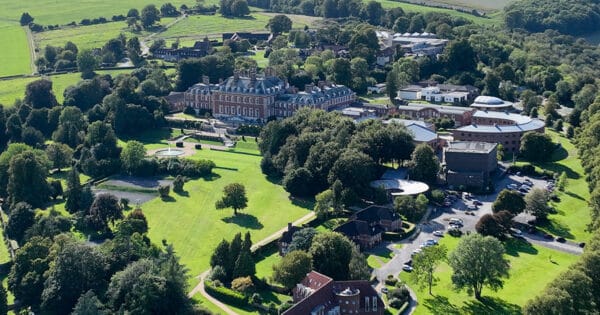Earlier this year, to coincide with Black History Month, Moore Barlow Senior Partner and Chair of Mary Seacole Trust, Trevor Sterling spearheaded the first-ever coin of a named black non-British female to be released by the Royal Mint.
The Mary Seacole Coin was presented to the Jamaican High Commissioner, Alexander Williams before Trevor embarked upon a trip to Jamaica in honour of Mary Seacole Day, 23 November to formally gift the £5 commemorative coin in a ceremony before the British High Commissioner to Jamaica, Judith Slater.
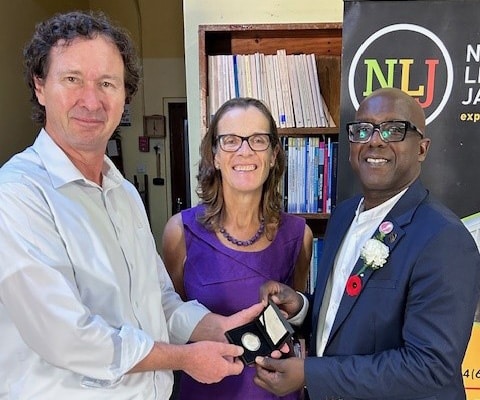
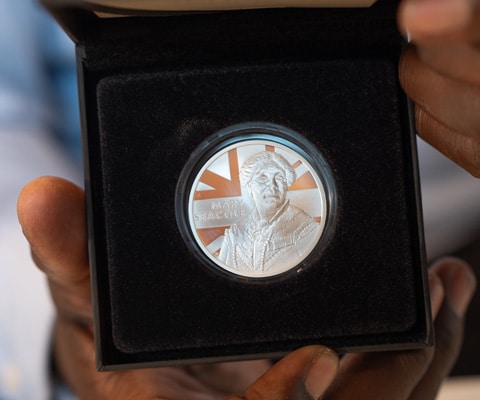
The celebrations for Mary Seacole Day began at Mary Seacole House, and Trevor visited the Institute of Jamaica to lay a wreath and present the Royal Mint coin. He also presented to the Nursing Association of Jamaica and attended the formal unveiling of the King’s proclamation.
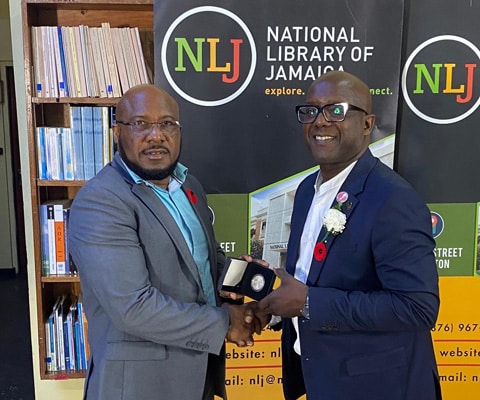
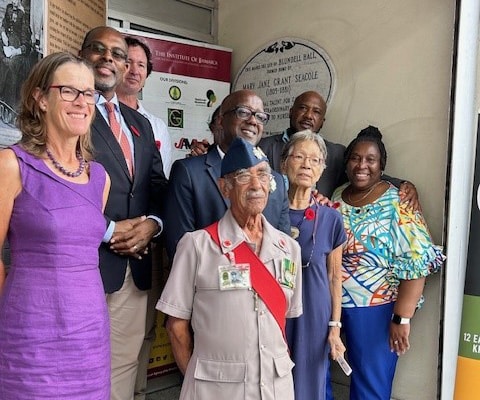
The coin is the first-ever coin to feature a named black female from outside of the UK and has received a Royal Proclamation from King Charles III. It pays tribute to Mary Seacole as a symbol of the NHS, diversity and social justice.
Sculptor Martin Jennings, who designed the Mary Seacole statue at St Thomas’ Hospital London, the first bronze statue of a named black female in the UK, designed the obverse of the coin, which features King Charles III.
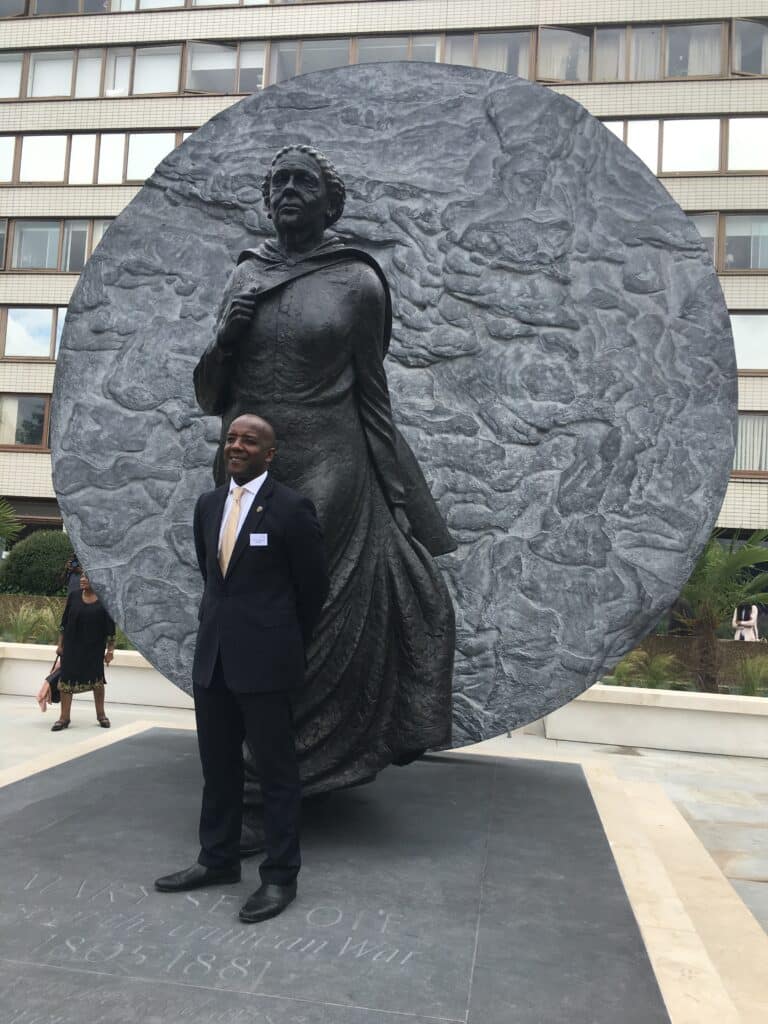
It was an honour to visit the birthplace of Mary Seacole on this very special day. It’s our way of saying thank you. We know that you suffered a loss as a result, and we acknowledge what’s been given to us. The coin is not just a symbol of Mary but is a recognition of the contributions diverse communities make and have made to British society through the years. It is an important part of the Mary Seacole legacy beyond her historic statue. The ties with our colleagues in Jamaica are increasingly important to the Trust and we wanted to ensure that the people of Jamaica can be proud that Mary has now been recognised by the Royal Mint.
Trevor Sterling – Senior Partner at Moore Barlow
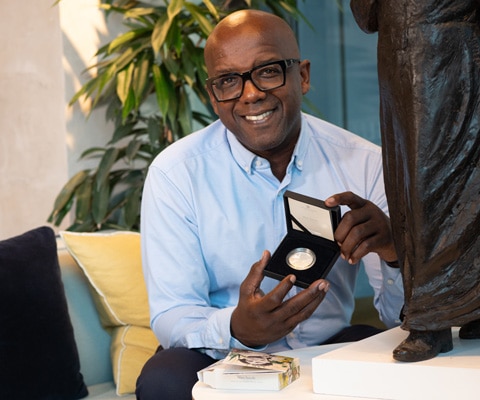
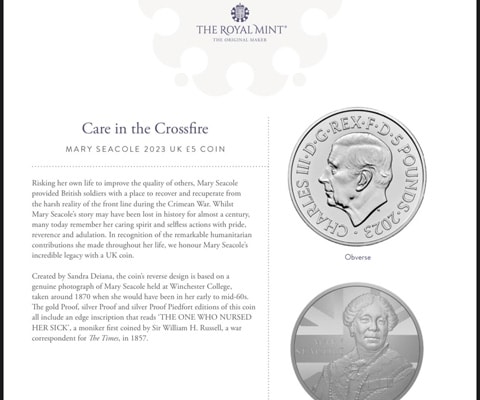
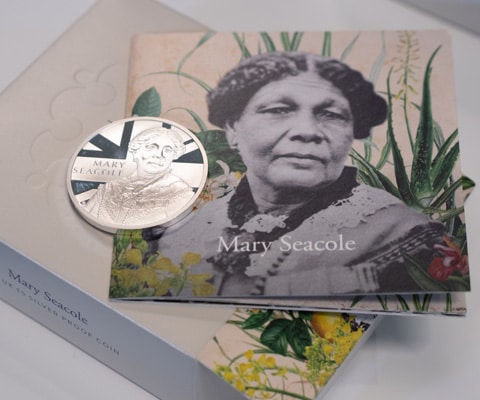
We’re all very proud of Trevor and fully support the Mary Seacole Trust in its ambition to honour, educate and inform the public about the life and achievements of Mary Seacole. What makes our people great at Moore Barlow is not just the work they do for the firm but what they do outside of it too, and Trevor is a great example of this.
Ed Whittington, Managing Partner at Moore Barlow
Mary Seacole facts and timeline
- Mary Jane Grant was born in Jamaica in 1805 to a Scottish soldier and a Jamaican woman.
- She considered herself to be a Creole and faced civil rights limitations, including not being allowed to vote, hold public office, or pursue professional careers.
- Her mother ran a boarding house for sick soldiers, where she gained her nursing skills.
- Mary married Edwin Seacole in 1836, but he passed away eight years later.
- She travelled extensively and studied both traditional and European medical ideas.
- In 1854, she travelled to England and requested to serve as an Army nurse in the Crimea, but her request was denied.
- Undeterred, she went to the Crimea anyway and established the British Hotel near Balaclava, offering comfortable accommodations for sick and recovering officers.
- She also courageously cared for wounded soldiers on the battlefield, often in the midst of gunfire.
- Mary Jane earned the nickname “Mother Seacole” and was highly regarded during her time, rivalling Florence Nightingale in reputation.
- After the war, she returned to England in a state of poverty and poor health.
- In July 1857, a benefit festival was organised to raise money for her, drawing thousands of supporters.
- She passed away on May 14, 1881.


